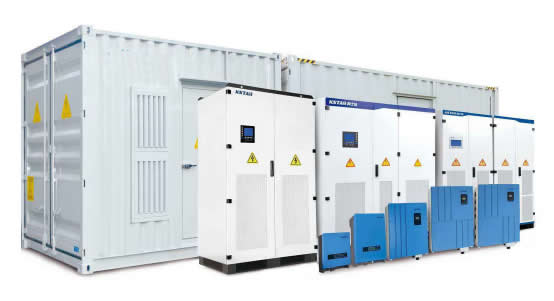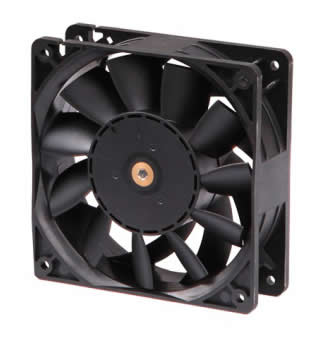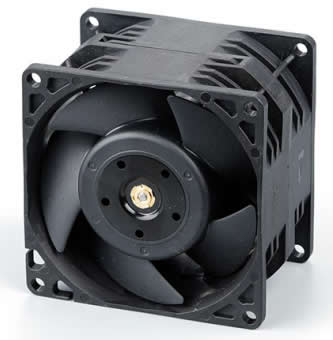Application
Photovoltaic inverter
The photovoltaic controller is an automatic control device used in a solar power generation system to control the multi-channel solar battery array to charge the battery and the battery to supply power to the solar inverter load. The photovoltaic controller uses a high-speed CPU microprocessor and a high-precision A/D analog-to-digital converter. It is a microcomputer data acquisition and monitoring control system. It can not only collect the current working status of the photovoltaic system in real time, to obtain the working information of the PV station at any time, but also accumulate the historical data of the PV station in detail, which provides an accurate and accurate assessment of the rationality of the PV system design and the reliability of the quality of the system components. Full basis. In addition, the photovoltaic controller also has a serial communication data transmission function, which can centrally manage and remotely control multiple photovoltaic system substations.

As the size of photovoltaic inverters shrinks and the power of a single unit increases, the requirements for heat dissipation design are getting higher and higher. The designer must comprehensively consider the heat dissipation effect, protection, installability, maintainability, and economic cost of the inverter cooling system. Among them, the stand-alone power is an important basis for designing a cooling solution. Inverter heat dissipation technology includes natural cooling, forced air cooling, liquid cooling and phase change cooling. Various forms of working principles and characteristics.


The heat dissipation technology includes natural cooling, forced air cooling, liquid cooling, phase change cooling and other forms, which are mainly selected according to the power of the inverter. The forced air cooling system is simpler, easier to implement, and more reliable than the liquid cooling system. Therefore, the forced air cooling method is preferred in the power supply industry, followed by natural cooling, liquid cooling and other cooling methods.

As the size of photovoltaic inverters shrinks and the power of a single unit increases, the requirements for heat dissipation design are getting higher and higher. The designer must comprehensively consider the heat dissipation effect, protection, installability, maintainability, and economic cost of the inverter cooling system. Among them, the stand-alone power is an important basis for designing a cooling solution. Inverter heat dissipation technology includes natural cooling, forced air cooling, liquid cooling and phase change cooling. Various forms of working principles and characteristics.


The heat dissipation technology includes natural cooling, forced air cooling, liquid cooling, phase change cooling and other forms, which are mainly selected according to the power of the inverter. The forced air cooling system is simpler, easier to implement, and more reliable than the liquid cooling system. Therefore, the forced air cooling method is preferred in the power supply industry, followed by natural cooling, liquid cooling and other cooling methods.
- Previous:
- Frequency converter
- Next:
- Car charging pile





 QQ
QQ 0755-27973637
0755-27973637 Follow us
Follow us